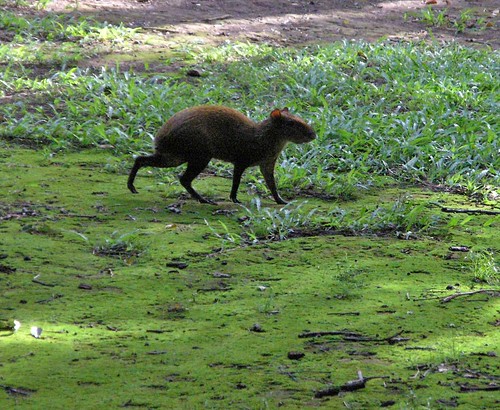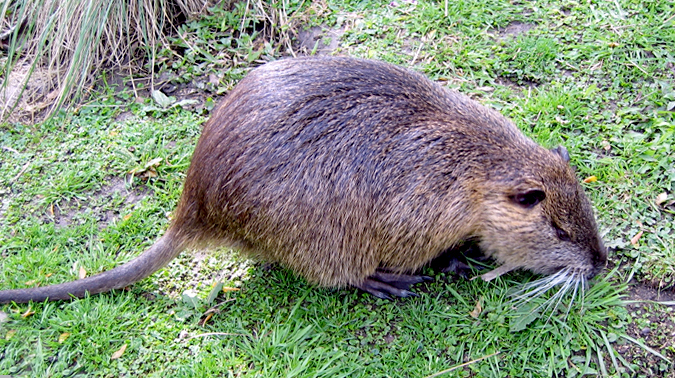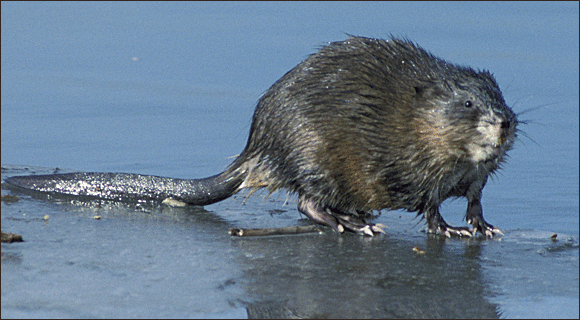Ron G.
Contributor
I'm also here at FIBR this week.
I agree with Herb's comments. A few of my own, in particular some comparisons to Coco View (I've been there twice, the most recent time just four months ago):
I've read comments comparing FIBR to camping. I can't say what it was like prior to this week, but it's very nice for a dive resort. CCV (to me) borders on rustic....everything is dark wood, bathrooms are plain formica counter with a plastic shower stall. Here, the baths are marble tile walls, tile counter....very similar to the non-dive all-inclusives I've stayed in in the Caribbean. The rooms are sort of small-town Holiday Inn. Fresh paint, modest furnishings, bright, clean.
I've enjoyed the food here, but I have to admit that I generally have a couple entrees that are great, and the other couple don't look at all good to me. Maybe just a case of different strokes for different folks.
The boat dives are basically the same (great) sites we visited with CCV. However, FIBR seems to limit the number of divers to about a dozen. At CCV, I went with a LDS group of 15-20 and they put us all on one boat....sometimes adding in another diver or two not from our group. Definite plus for FIBR. The other big difference is CCV goes out twice a day....two real boat dives, then you can do a drop-off dive on the way back, for a total of four scheduled dives per day. FIBR does three true boat dives (one more remote site per day....and you can do a drop-off after the last dive...still getting four scheduled dives per day. At CCV, folks tended to get bored getting dropped off at the same two (very nice) walls each day. Again, advantage to FIBR.
A huge difference between CCV and FIBR is the size. FIBR probably has three times the number of rooms. Bad news, it can put you considerably farther from the dive shop, dining room, etc. Good news....FIBR as lovely grounds with a large sandy beach, at least one pool (maybe two....I haven't explored yet). If an extra few minutes' walk is a problem, you can probably request a room closer in. One advantage CCV has is the rooms are right on the water. At FIBR, the beach separates you from the harbor. Still very nice, but the harbor can make it difficult to see what the sea's like.....are we gonna get out today?
Another big plus for FIBR....drinks are included....soft drinks, beer, wine, mixed drinks. Not a big draw for me, but a big deal for some.
The gear area at CCV is a bit nicer. FIBR has one large, dark room. CCV has a couple smaller rooms, but each having a smaller number of lockers, so it's roomier and very pleasant.
We found a couple minor wrinkles here that I suspect they'll iron out over time. At CCV, things tend to run like a well-oiled machine. Here, there were minor issues...shuttle bus took about 30-40 minutes to get to us (a lifetime when it's the bus taking you to your final destination), and when it came, it was a tired old thing with wide open windows and no a/c. The CCV bus was ready and waiting, looked brand new and the a/c seemed to be working. Our shower head was broken off, but they fixed it within about 15 minutes.
There are a lot of animals around here....monkeys, deer, peacocks, some kind of big rat-like animal, etc. I'd read that the monkeys were a nuisance, but I saw no sign of that this week.
Finally, most of the folks I've talked to have been here before (and didn't get the $499 special). Meaning....even before the many improvements, folks were happy enough to come back multiple times.
I'd have to give it a big thumbs up....especially if you like the idea of nice grounds, sandy beach, pool, free drinks, etc.
Ron
I agree with Herb's comments. A few of my own, in particular some comparisons to Coco View (I've been there twice, the most recent time just four months ago):
I've read comments comparing FIBR to camping. I can't say what it was like prior to this week, but it's very nice for a dive resort. CCV (to me) borders on rustic....everything is dark wood, bathrooms are plain formica counter with a plastic shower stall. Here, the baths are marble tile walls, tile counter....very similar to the non-dive all-inclusives I've stayed in in the Caribbean. The rooms are sort of small-town Holiday Inn. Fresh paint, modest furnishings, bright, clean.
I've enjoyed the food here, but I have to admit that I generally have a couple entrees that are great, and the other couple don't look at all good to me. Maybe just a case of different strokes for different folks.
The boat dives are basically the same (great) sites we visited with CCV. However, FIBR seems to limit the number of divers to about a dozen. At CCV, I went with a LDS group of 15-20 and they put us all on one boat....sometimes adding in another diver or two not from our group. Definite plus for FIBR. The other big difference is CCV goes out twice a day....two real boat dives, then you can do a drop-off dive on the way back, for a total of four scheduled dives per day. FIBR does three true boat dives (one more remote site per day....and you can do a drop-off after the last dive...still getting four scheduled dives per day. At CCV, folks tended to get bored getting dropped off at the same two (very nice) walls each day. Again, advantage to FIBR.
A huge difference between CCV and FIBR is the size. FIBR probably has three times the number of rooms. Bad news, it can put you considerably farther from the dive shop, dining room, etc. Good news....FIBR as lovely grounds with a large sandy beach, at least one pool (maybe two....I haven't explored yet). If an extra few minutes' walk is a problem, you can probably request a room closer in. One advantage CCV has is the rooms are right on the water. At FIBR, the beach separates you from the harbor. Still very nice, but the harbor can make it difficult to see what the sea's like.....are we gonna get out today?
Another big plus for FIBR....drinks are included....soft drinks, beer, wine, mixed drinks. Not a big draw for me, but a big deal for some.
The gear area at CCV is a bit nicer. FIBR has one large, dark room. CCV has a couple smaller rooms, but each having a smaller number of lockers, so it's roomier and very pleasant.
We found a couple minor wrinkles here that I suspect they'll iron out over time. At CCV, things tend to run like a well-oiled machine. Here, there were minor issues...shuttle bus took about 30-40 minutes to get to us (a lifetime when it's the bus taking you to your final destination), and when it came, it was a tired old thing with wide open windows and no a/c. The CCV bus was ready and waiting, looked brand new and the a/c seemed to be working. Our shower head was broken off, but they fixed it within about 15 minutes.
There are a lot of animals around here....monkeys, deer, peacocks, some kind of big rat-like animal, etc. I'd read that the monkeys were a nuisance, but I saw no sign of that this week.
Finally, most of the folks I've talked to have been here before (and didn't get the $499 special). Meaning....even before the many improvements, folks were happy enough to come back multiple times.
I'd have to give it a big thumbs up....especially if you like the idea of nice grounds, sandy beach, pool, free drinks, etc.
Ron








